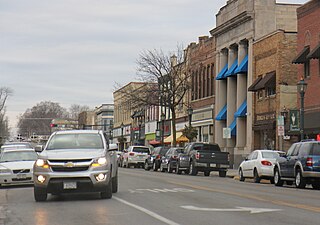
Hartford is a city in Washington and Dodge counties in the U.S. state of Wisconsin. As of the 2010 census, the city had a population of 14,223. All of this population resided in the Washington County portion of the city. The portion of the city in Dodge County consists of only industrial/commercial parcels. Located approximately 38 miles (61 km) northwest of Downtown Milwaukee and 22 miles (35 km) from city limits, Hartford is located on the outer edge of the Milwaukee metropolitan area.

Paramount Records was an American record label known for its recordings of jazz and blues in the 1920s and early 1930s, including such artists as Ma Rainey, Tommy Johnson and Blind Lemon Jefferson.

Charles Williams Nash was an American automobile entrepreneur who served as an executive in the automotive industry. He played a major role in building up General Motors as its 5th President. In 1916, he bought Thomas B. Jeffery Company, makers of the popular Rambler automobile, renamed it Nash Motors, and played an independent role in an automobile industry increasingly dominated by the Big Three: General Motors, Ford, and Chrysler. His profits came from focusing on one well-designed car in the upper-medium price range. He bought several distressed companies in Wisconsin, merging them and installing advanced managerial accounting procedures while cutting costs and focusing on long-term growth. He retired as president in 1932, but remained chairman of the board. His major acquisition was the merger in 1937 with the Kelvinator Company, which made refrigerators. During World War II, Nash-Kelvinator greatly expanded to manufacture aircraft engines and parts.
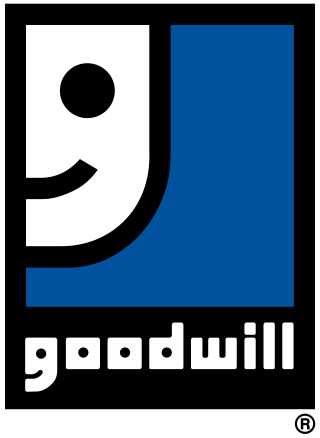
Goodwill Industries International Inc., often shortened in speech and writing to Goodwill, is an American nonprofit 501(c)(3) organization that provides job training, employment placement services, and other community-based programs for people who have barriers to their employment.
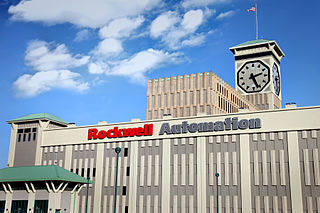
Rockwell Automation, Inc. is an American provider of industrial automation and digital transformation technologies. Brands include Allen-Bradley, FactoryTalk software and LifecycleIQ Services.

Allis-Chalmers was a U.S. manufacturer of machinery for various industries. Its business lines included agricultural equipment, construction equipment, power generation and power transmission equipment, and machinery for use in industrial settings such as factories, flour mills, sawmills, textile mills, steel mills, refineries, mines, and ore mills.

Snap-on Incorporated is an American designer, manufacturer and marketer of high-end tools and equipment for professional use in the transportation industry including the automotive, heavy duty, equipment, marine, aviation, and railroad industries. Headquartered in Kenosha, Wisconsin, Snap-on also distributes lower-end tools under the brand name Blue-Point. Their primary competitors include Matco, Mac Tools, and Cornwell Tools.
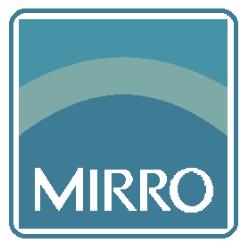
The Mirro Aluminum Company was an aluminum cookware company that existed in Manitowoc, Wisconsin, from 1909 to 2003. It was colloquially referred to as simply Mirro.
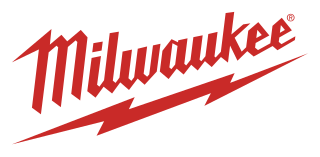
This article is about the tool company. For the city, see Milwaukee within Milwaukee County, Wisconsin. For other uses, seeMilwaukee (disambiguation).

The Historic Third Ward is a historic warehouse district located in downtown Milwaukee, Wisconsin. This Milwaukee neighborhood is listed on the National Register of Historic Places. Today, the Third Ward is home to over 450 businesses and maintains a strong position within the retail and professional service community in Milwaukee as a showcase of a mixed-use district. The neighborhood's renaissance is anchored by many specialty shops, restaurants, art galleries and theatre groups, creative businesses and condos. It is home to the Milwaukee Institute of Art and Design (MIAD), and the Broadway Theatre Center. The Ward is adjacent to the Henry Maier Festival Park, home to Summerfest. The neighborhood is bounded by the Milwaukee River to the west and south, E. Clybourn Street to the north, and Lake Michigan to the east.
A group home, congregate living facility, care home, adult family home, etc., is a structured and supervised residence model that provides assisted living and medical care for those with complex health needs. Traditionally, the model has been used for children or young people who cannot live with their families or afford their own homes, people with chronic disabilities who may be adults or seniors, or people with dementia and related aged illnesses. Typically, there are no more than six residents, and there is at least one trained caregiver there 24 hours a day. In some early "model programs", a house manager, night manager, weekend activity coordinator, and four part-time skill teachers were reported. Originally, the term group home referred to homes of 8 to 16 individuals, which was a state-mandated size during deinstitutionalization. Residential nursing facilities, also included in this article, may be as large as 100 individuals in 2015, which is no longer the case in fields such as intellectual and developmental disabilities. Depending on the severity of the condition requiring one to need to live in a group home, some clients are able to attend day programs and most clients are able to live normal lifestyles.

Mississippi Mills was a cotton and wool textile manufacturing complex that operated in Wesson, Mississippi, during the latter half of the 19th century. By 1892, Mississippi Mills was described as the largest industry of its kind in the South.

The Badger State Shoe Company is a classically-styled 6-story shoe factory built in 1910 in Madison, Wisconsin, a half mile north-east of the Capitol. It was added to the National Register of Historic Places on April 11, 1989.
Goodwill, The Amity Group is a non-profit social enterprise operating in the Hamilton and Halton regions of Ontario, Canada that helps people to overcome employment barriers and obtain employment. As a member agency of Goodwill Industries International it operates a number of thrift stores selling donated clothing, housewares and other items to finance its social charity services.
The Lawson Airplane Company-Continental Faience and Tile Company was a factory complex in South Milwaukee, Wisconsin. It was added to the National Register of Historic Places in 2001 and has since been demolished.

A. O. Smith Corporation is an American manufacturer of both residential and commercial water heaters and boilers, and the largest manufacturer and marketer of water heaters in North America. It also supplies water treatment and water purification products in the Asian market. The company has 27 locations worldwide, including five manufacturing facilities in North America, as well as plants in Bengaluru in India, Nanjing in China and Veldhoven in The Netherlands.
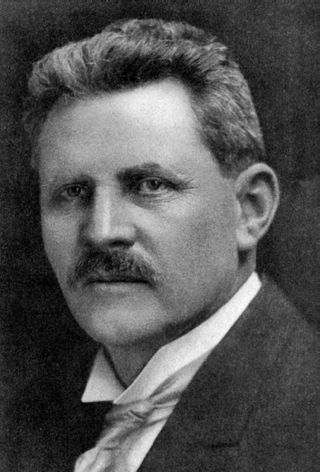
Henry Harnischfeger was a pioneer in the Milwaukee, Wisconsin, mining industry.
Nordberg Manufacturing Company was a manufacturer of steam engines, large diesel engines, pumps, hoists and compressors for the mining and quarry industries located in Milwaukee, Wisconsin.
Otto C. Uehling was an American engineer and architect working in Milwaukee, Wisconsin.

Eagle Knitting Mills was a knitted textiles company located in Milwaukee, Wisconsin, widely known in the early 20th century as the manufacturer of the original patented earlap cap.















